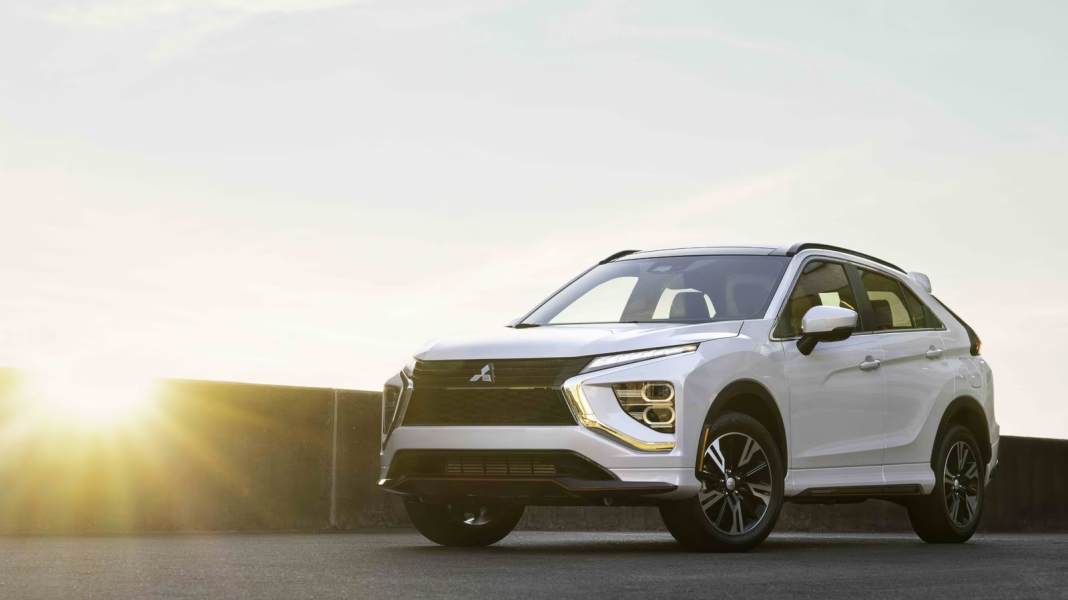Why Do Some Cars Just Miss the Mark?
Ever find yourself looking at a car on the road and thinking, Who asked for this? You’re not alone. Every year, automakers roll out models that spark more head-scratching than excitement. Sometimes it’s a matter of taste, but often, it’s about missed opportunities, outdated tech, or just plain odd decisions. So, which cars would most drivers happily wave goodbye to—and why do some vehicles just not earn our affection?
What Makes a Car Forgettable or Frustrating?
Let’s be honest: not every car can be a classic. Some models are simply uninspired, with bland styling or lackluster performance that leaves drivers cold. Take the Mitsubishi Mirage, for example. Despite its reputation for affordability, it’s often panned for its noisy engine, sluggish acceleration, and bare-bones interior. According to Consumer Reports, the Mirage consistently ranks near the bottom in owner satisfaction, with many drivers citing poor ride quality and minimal safety features. It’s the kind of car that feels like a compromise, not a choice.
Then there are vehicles that try to be everything to everyone—and end up pleasing no one. The Chrysler 200, discontinued in 2017, is a case in point. It aimed to compete with midsize heavyweights but struggled with reliability issues and an awkward transmission. Even die-hard Chrysler fans didn’t shed many tears when it left the lineup.
Are Design Choices Turning Drivers Away?
Looks matter, and some cars just don’t age well. The Nissan Juke, with its frog-eyed headlights and quirky proportions, was either loved or loathed. While it had its fans, many drivers found the design too polarizing. In fact, a 2022 survey by U.S. News & World Report listed the Juke among the most divisive cars of the last decade. When a car’s appearance becomes a running joke, it’s tough to build lasting loyalty.
But it’s not just about looks. Interior design can make or break a car’s appeal. The Fiat 500L, for instance, promised Italian flair but delivered a plasticky, cramped cabin that disappointed buyers. Despite its cheerful exterior, the 500L’s poor reliability and awkward driving dynamics led to its quiet exit from the U.S. market.
How Do Outdated Features Hold Cars Back?
Technology moves fast, and cars that lag behind quickly feel obsolete. The Dodge Journey, which soldiered on with minimal updates for over a decade, is a textbook example. By the time it bowed out in 2020, its infotainment system and safety tech were years behind the competition. Kelley Blue Book noted that buyers were increasingly looking for advanced driver aids and smartphone integration—features the Journey simply didn’t offer. The result? Few tears shed when it was finally discontinued.
Similarly, the Chevrolet Spark, despite its city-friendly size and low price, struggled to keep up with evolving expectations. As rivals introduced hybrid options and more robust safety suites, the Spark’s basic package felt less and less appealing. It’s a reminder that even budget cars need to keep pace with the times.
Do Environmental Concerns Play a Role?
Absolutely. As electric vehicles and hybrids become mainstream, gas-guzzlers and high-emissions models are falling out of favor. The Dodge Grand Caravan, once a minivan staple, was retired in part because it couldn’t meet tightening emissions standards. According to the EPA, vehicles with poor fuel economy are increasingly being phased out as manufacturers shift toward greener alternatives.
It’s not just about regulations, either. Many drivers are making personal choices to reduce their carbon footprint, and that means saying goodbye to models that don’t fit the new eco-conscious mindset. The writing’s on the wall for cars that can’t adapt.
What About Cars That Just Don’t Fit Today’s Needs?
Sometimes, a car is simply out of step with what people want. The Toyota Yaris, for example, was reliable and efficient but struggled to stand out in a crowded field of subcompacts. With SUVs and crossovers dominating the market, small hatchbacks like the Yaris have quietly disappeared from showrooms. It’s not that they were bad cars—they just didn’t match shifting preferences.
Similarly, the Ford EcoSport, imported from overseas, never quite found its footing in the U.S. Its cramped interior and underpowered engine left many buyers underwhelmed, especially as competitors offered more space and better driving dynamics for the same price.
Why Do Some Cars Become the Butt of Jokes?
Let’s face it: some cars are remembered more for their quirks than their quality. The Pontiac Aztek, for example, became infamous for its unconventional styling and questionable build quality. Even though it’s no longer around, it’s still a punchline in car circles. These models remind us that risk-taking in design doesn’t always pay off.
But there’s a silver lining. Sometimes, cars that miss the mark become cult favorites, beloved for their oddball charm. The key difference? Cult classics have personality, while forgettable cars just fade away.
What’s the Real Impact of Saying Goodbye to These Cars?
When automakers retire unpopular models, it’s often a sign they’re listening to drivers and adapting to changing demands. It clears the way for innovation—think of how the rise of electric vehicles is reshaping lineups across the industry. According to a 2023 report from the International Energy Agency, EV sales are expected to surpass 18 million units globally this year, up from just 2 million in 2019. That kind of growth means automakers need to make room for new ideas.
The big takeaway? Letting go of lackluster cars isn’t about perfection—it’s about smarter adjustments. Start with one change this week, and you’ll likely spot the difference by month’s end. Whether you’re shopping for your next ride or just curious about the industry, keep an eye on which models stick around—and which quietly exit stage left. The cars we don’t miss often make room for the ones we truly want.


